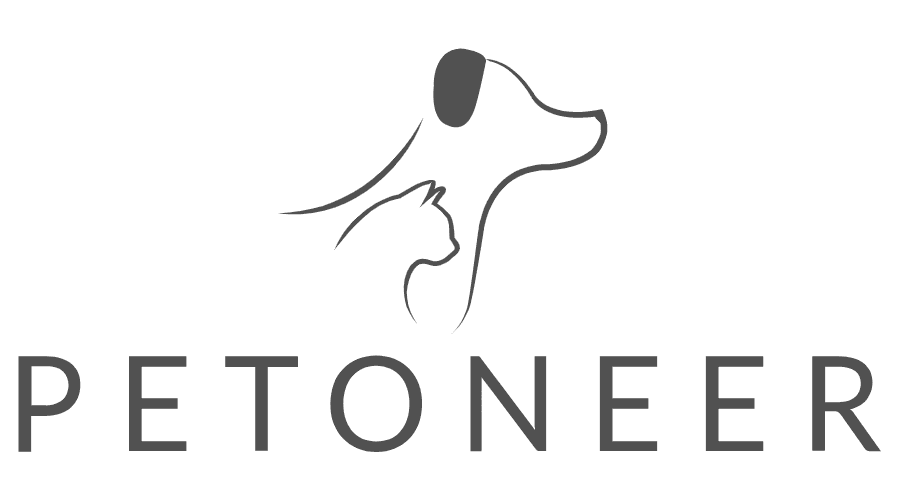At Petoneer, we believe the best products are born not from assumptions, but from listening, testing, and refining. Since 2017, we’ve been designing and manufacturing smart pet products with one goal in mind: to solve real-world pet parenting challenges with reliable, user-friendly technology.
In this blog, we’ll work you through the full product development journey, using our latest innovation – NutriCare, as examples, which deisgned especially for multi-pet households with varying dietary needs. Whether you’re a potential distributor or a brand exploring OEM/ODM collaboration, we hope this gives you a clear look at how we approach product innovation with both technical and commercial rigor.
1. Real Problem, Real Opportunity: Feeding in Multi-Pet Homes
Through conversations with our partners and customers, we identified a recurring pain point: pet owners with more than one cat or dog struggle to manage feeding schedules, especially when pets have different dietary needs based on age, breed, or medical conditions.
We asked ourselves: Can we make multi-pet feeding smarter and more reliable – without being prohibitively expensive? That’s where the idea for NutriCare was born.
2. In-Depth Market Research: Beyond Specs and Reviews
We conducted deep research across platform like Amazon, YouTube, Facebook, and Reddit to gather real user feedback and unfiltered reviews of similar products. Our team also purchased and tested multiple available devices, indentifying key pain points in ease of use, reliability, and overall costing vs features.
Our product managers and engineers collaborated to map out what users actually need/wish – and what most products fail to deliver.
3. Defining a Differentiated Product Vision
We didn’t want to build just another feeder. Our goal was to design a practical, user-centric, app-connected smart feeder tailored for multi-pet use. Key features we defined include:
- Integrated Bluetooth connectivity, allowing users to access pet feeding logs via a free app
- Schedule-based feeding plans, aligned with veterinary prescriptions or dietary timing
- Front-mounted IR sensor to reduce pet learning time and increase ease of use
- Type-C and battery dual power inputs integrate saving and flexibility
Every decision was guided with users and scenarios in mind.
4. Component Sourcing & Engineering Validation
Our engineers began by sourcing key components such as RFID modules, sensors, motor, and microcontrollers. For each candidate part, we ran:
- Aging and stress testing (e.g. high-temp, humidity, burn-in)
- Functionality and accuracy validation (sensor sensitivity, detection distance, motor speed, etc)
- Fit-for-use evaluations in real-life conditions (interference, working noise, etc)
These early-stage tests helped eliminate high-risk componenets and laid the groundwork for a stable platform.
Likely this stage is also called EVT (Engineering Validation Testing) in other industries/ scenarios.
5. Prototyping & Real-World Testing
With key components confirmed, we developed full prototypes and tested them in real multi-pet households. Observations from this phase informed structural adjustments such as:
- Detecting coil angle
- Bowl size
- Sensor positioning
- Lid mechnism
- User interface
We also ran pre-scan regulatory checks (e.g. EMC, RF) to preempt any issues before mold development.
Likely this stage is also called DVT (Design Validation Testing) in other industries/ scenarios.
6. Pilot Production: Where Design Meets Reality
Once prototyping passed internal validation, we moved into pilot production. Our engineering and production teams collaborated on:
- Assembly validation and tooling fit
- Early-stage defect tracking and design-for-manufacturing optimization
- Production yield improvement through iterative refinements
Units from this batch were used for internal reliability testing and client sampling.
Likely this stage is also called PVT (Production Validation Testing) in other industries/ scenarios.
7. Certification & Packaging: Preparing for Launch
While initiating RED and other compliance certifications, our team also worked on:
- Eco-friendly packaging designs using recyclable matrials
- Drop and transport testing to ensure product safety during global shipping
- Development of manual, color box, labels, and promo content
Packaging wasn’t just an afterthought – it was treated as part of the user experience. And we care about earth, our matherland!
8. Customer Sampling & Final Optimization
We sent pilot units to selected partners and distributors for early feedback. These inputs helped us:
- Modify tag for easy attaching experience
- Tweak firmware to the best sensitivity
- Finetune algorith for better battery life
Early feedback cycles helped us catch corner-case scenarios that traditional testing might miss.
9. Mass Production & Global Rollout
By the end of 2024, NutriCare entered full-scale production. Shipments were sent to Thailand, New Zealand, Singapore, EU, and NA.
Our job didn’t end at shipment – actively monitor product feedback and continue to refine firmware, app, and functionality based on real-world data.
Conclusion: A Product is Only As Good As Its Execution.
NutriCare isn’t just a smart feeder – it’s the result of a disciplined, iterative, and user-driven development process. As both the product team and manufacturing partner, we bridge the gap between great ideas and great execution.
If you’re a distributor or brand seeking a reliable partner who understands both innovation and manufacturability, let’s connect.
Let’s build smarter pet products – together.
